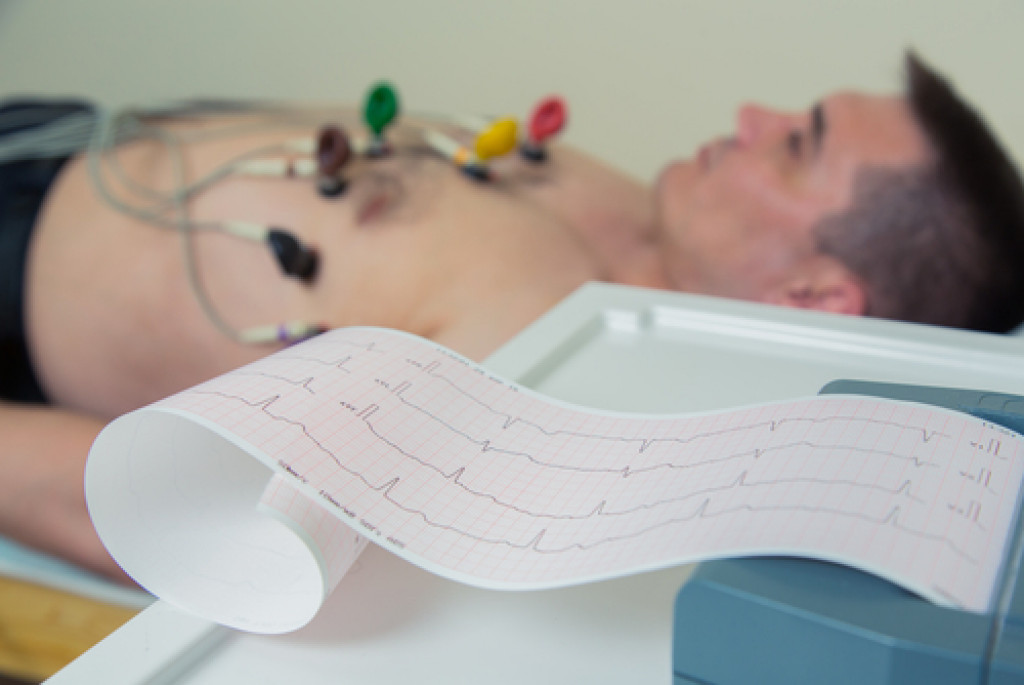If you’re a man, you need to get the appropriate health screenings regularly. Depending on your age and health history, these tests can diagnose specific diseases before they get worse.
This blog post outlines the top health exams for men that you should expect at your check-up:
1. Cholesterol Screening
A cholesterol screening checks the levels of cholesterol or fat in your blood. Too much cholesterol can lead to heart disease, so knowing your levels can decrease the risk or delay the progress of your cardiovascular problem.
Your doctor will likely order a lipid profile, which measures total cholesterol, LDL (bad) cholesterol, HDL (good) cholesterol, and triglycerides. Before the test, the doctor may recommend that you fast for 9 to 12 hours.
Check with your doctor about when you should get this test. Usually, the first test is at 20 years old for those with known risk factors and 35 years for those with no predisposition.
You need to repeat the exam every five years unless the results come back elevated for total and LDL cholesterol.
2. Body Mass Index (BMI)
A doctor typically measures your body mass index (BMI) by weighing you and estimating your height. Your BMI indicates whether you’re at a healthy weight for your height, which is correlated with overall health.
If you are overweight or obese, it may increase the risk of heart disease, diabetes, high blood pressure, stroke, and some types of cancer. Aim for a BMI between 18.50 and 24.99, although the ideal number may vary depending on your ethnicity and age. Check with your doctor to see what’s best for you.
BMI is usually part of a male physical annual exam, along with a blood pressure test and eye exam. You may need to repeat this test more often annually if you are overweight or obese and undergoing treatment for it.
3. Prostate Exam
A prostate exam is a test to screen for prostate cancer. The prostate is a gland located just below the bladder in men that helps produce semen.
This exam, which usually takes place during a digital rectal exam (DRE), feels for any abnormalities or lumps on or around the prostate. Your doctor may also order a PSA (prostate-specific antigen) blood test, which measures the amount of prostate-specific antigen in your blood. If the levels are high, you may have prostate cancer.
The American Cancer Society (ACS) recommends a prostate exam for men 50 years old and above if they have an average risk of prostate cancer. It starts early at 45 for those with known susceptibilities.
4. Colon Cancer Screening
Colon cancer is slightly more common in men than women. Males are also more prone to colorectal cancer than females. For this reason, prompt colon cancer screening may be necessary.
The screening helps find any polyps present in the colon that can develop into cancer. If they detect polyps, the doctor may remove them and send them to the lab for a biopsy.
The ACS recommends that men at average risk for colon cancer start screening at 45 years old. If you have a family history of the disease, are African American, or have other risk factors, your doctor may recommend starting screenings at an earlier age. Screenings should continue until you reach 75 years old.
5. Skin Exam

Skin cancer is one of the most common types of cancer in the United States. It’s also one of the most preventable when caught early.
A skin exam looks for any changes in the color or texture of your skin that may be signs of skin cancer. The doctor will also look for moles and other growths on your skin that may require further testing.
You should see your doctor for a skin exam if you notice any changes in the appearance of your skin or moles, such as:
- Size of mole increases
- Shape or color of mole becomes irregular
- Diameter is bigger than the eraser at the end of a pencil (about six millimeters)
- Bleeding, itching, or pain in the mole
Although you can perform a self-exam, the more effective option is to see a dermatologist at least once a year unless you already have a history of the condition.
6. Lung Cancer Screening
Lung cancer is the third most common type of cancer diagnosed in both men and women, according to the Centers for Disease Control and Prevention (CDC). Males are more likely than females to develop lung cancer at all ages. This is why a lung screening may be necessary.
The test involves a low-dose computed tomography scan (CT scan) to help find any signs of lung cancer. The test can also detect other conditions that may be affecting your lungs, such as tuberculosis and emphysema. The specialist will then determine what treatment is best for you, whether it’s medication or surgery.
The list above covers the top seven health exams for men. These are general recommendations and may vary depending on your personal or family history. Either way, stay on top of your wellness by scheduling regular check-ups with your doctor.
